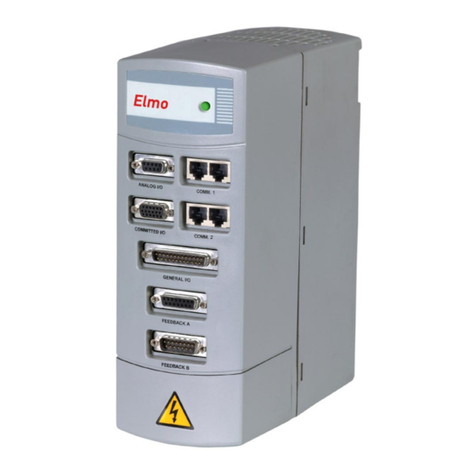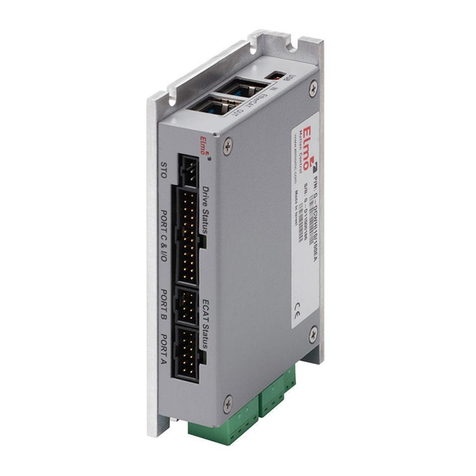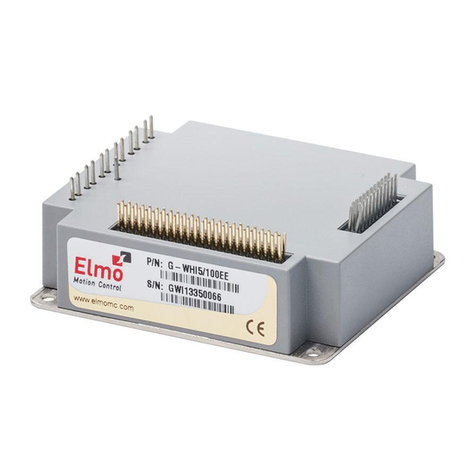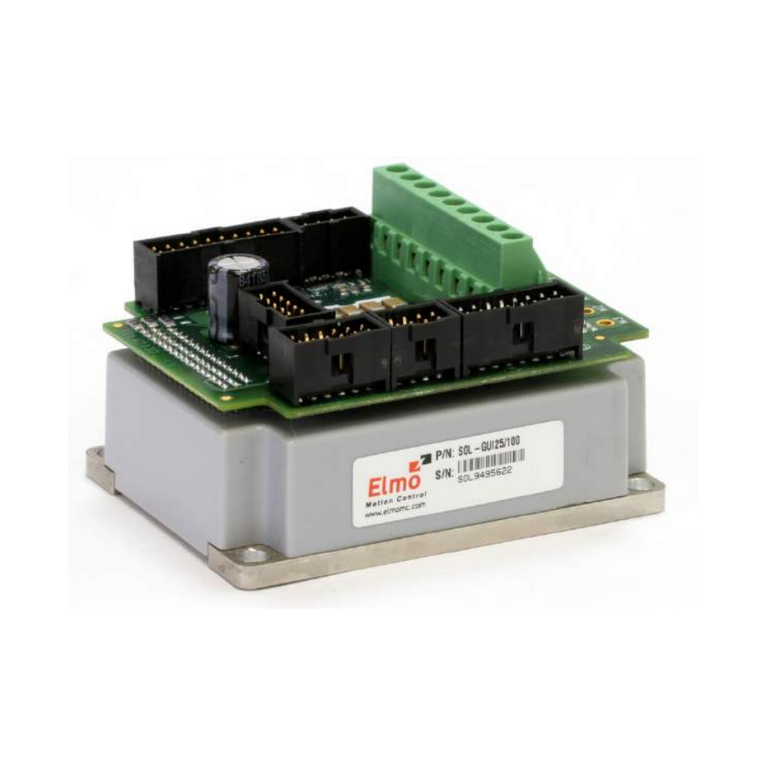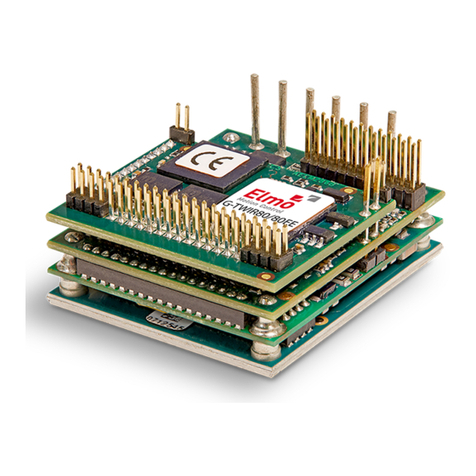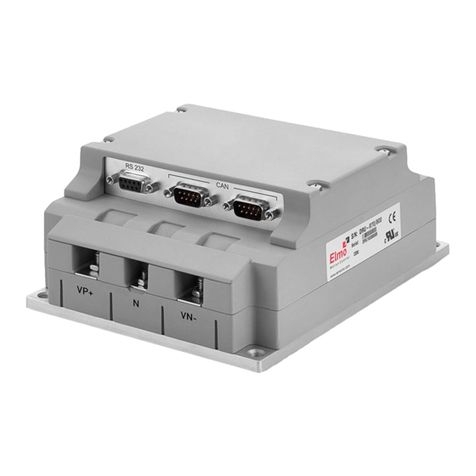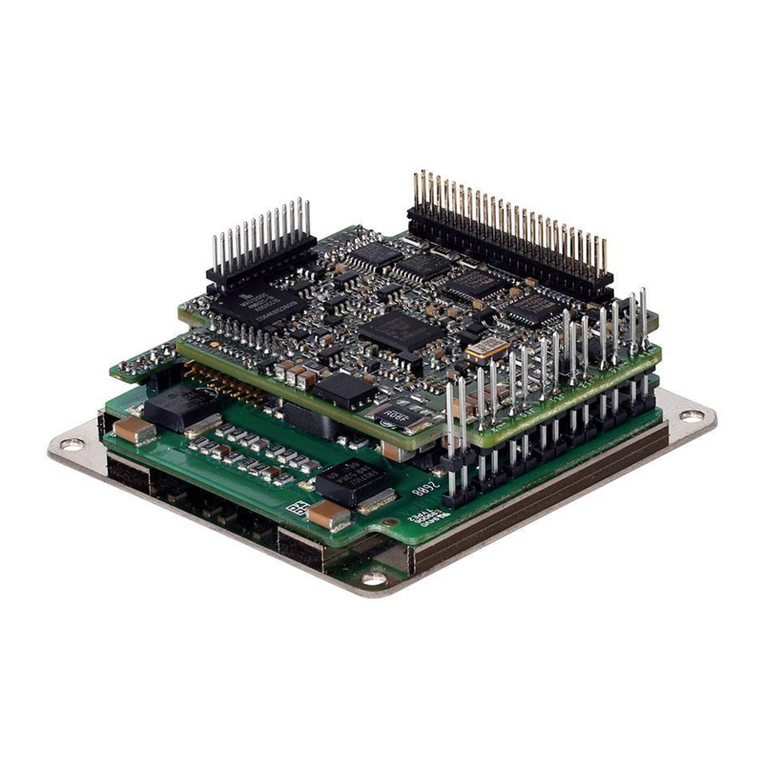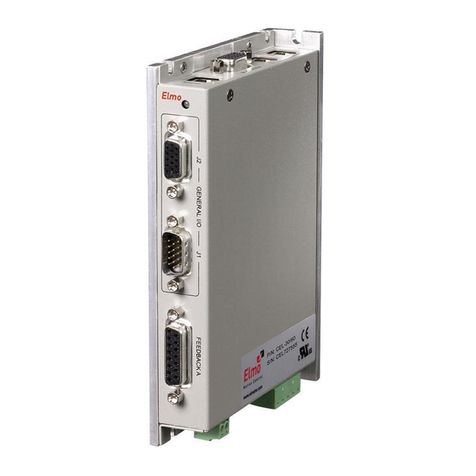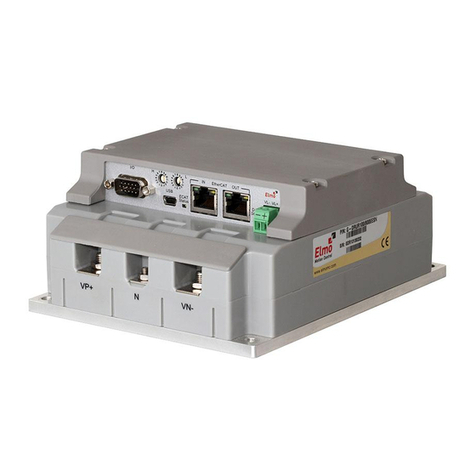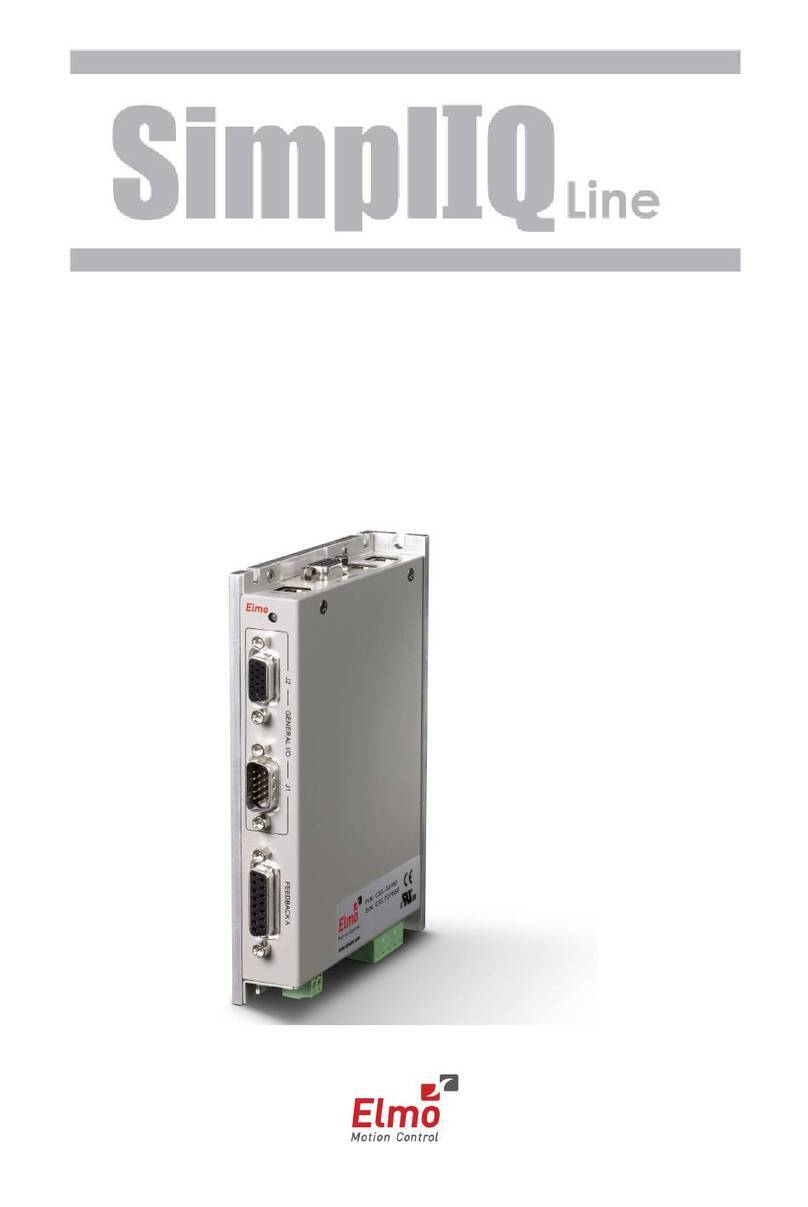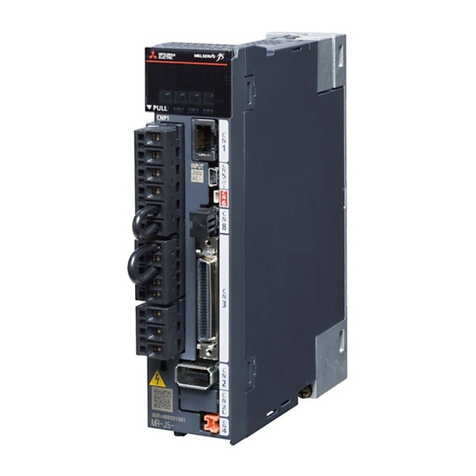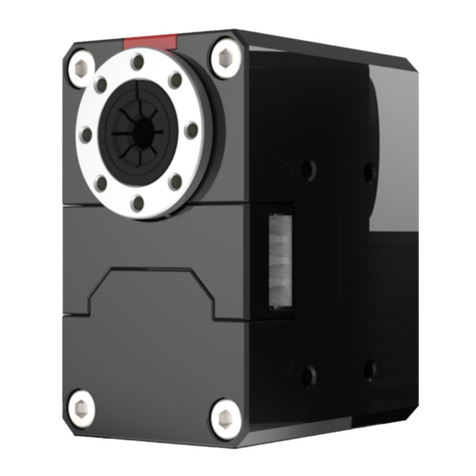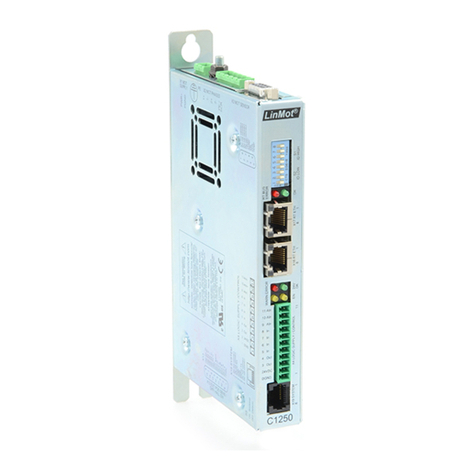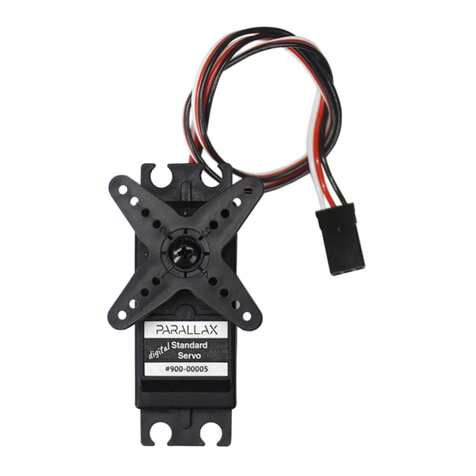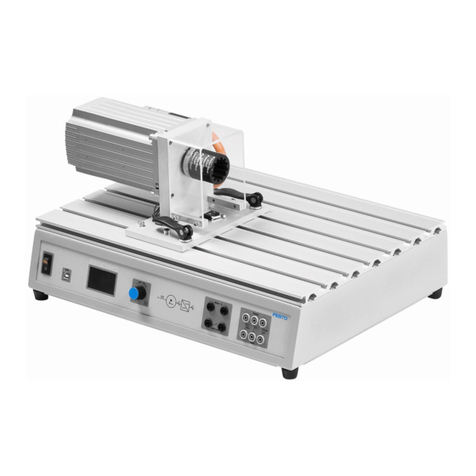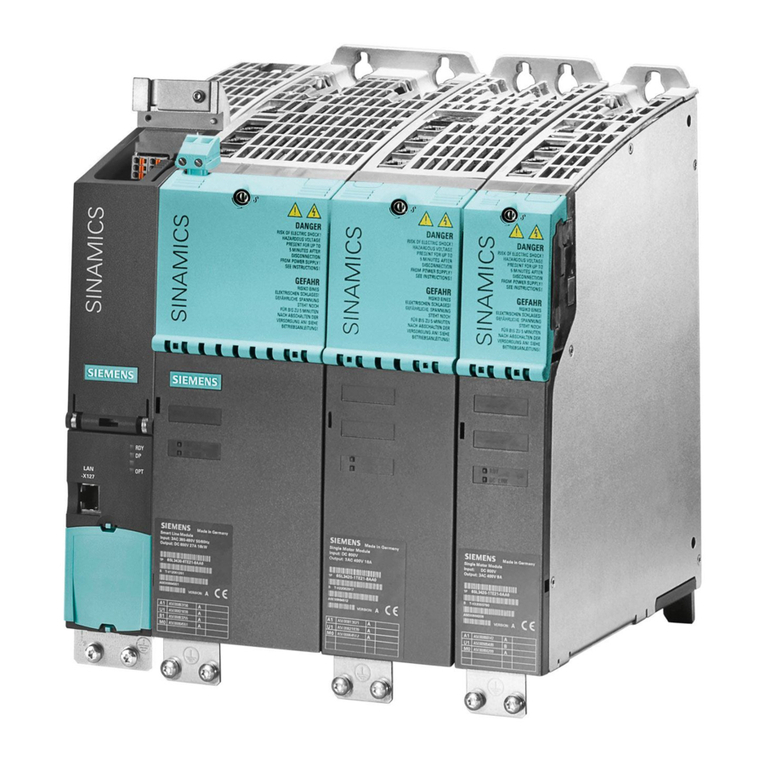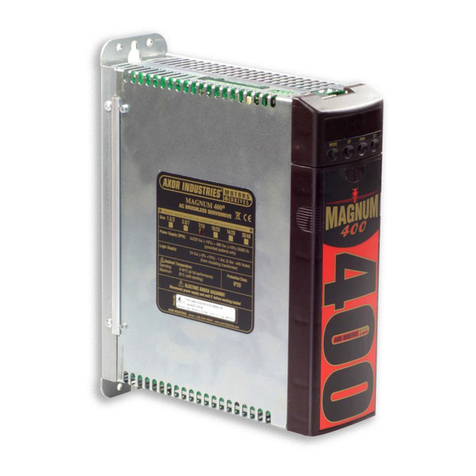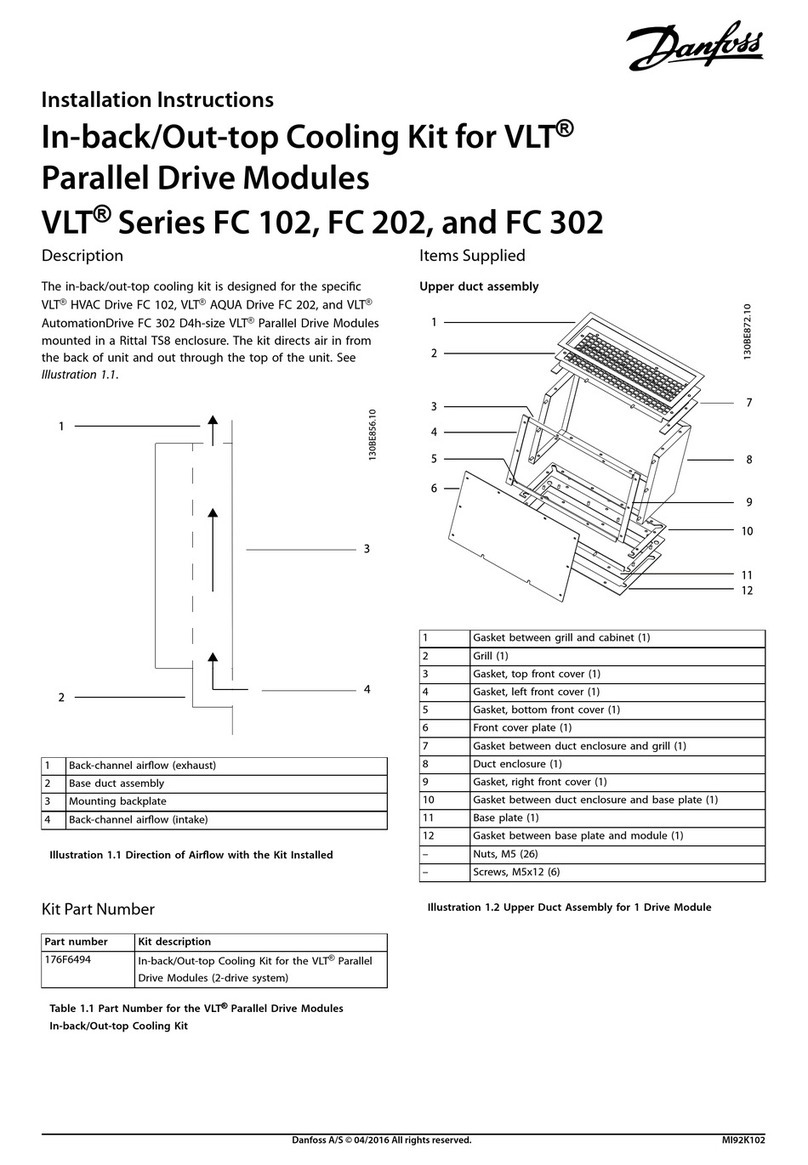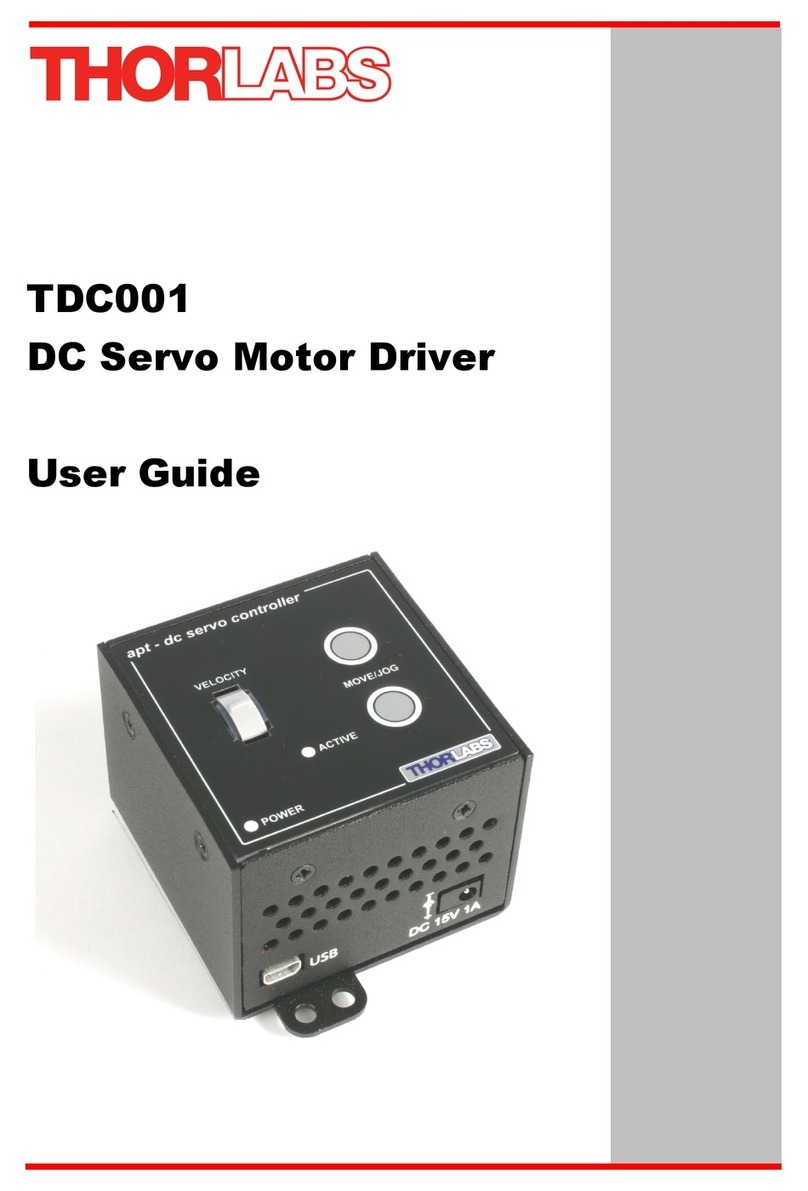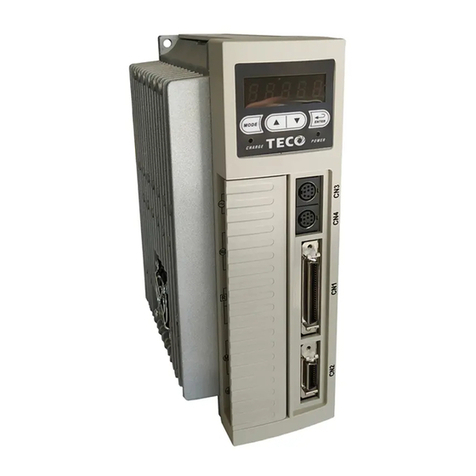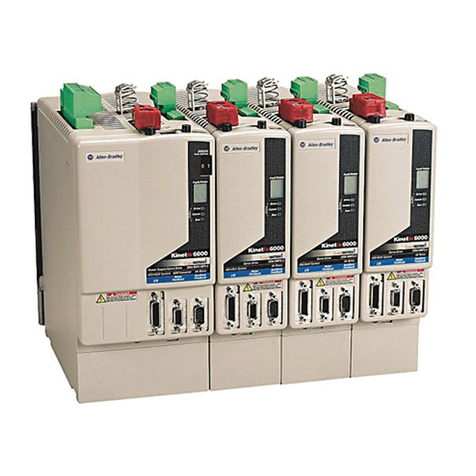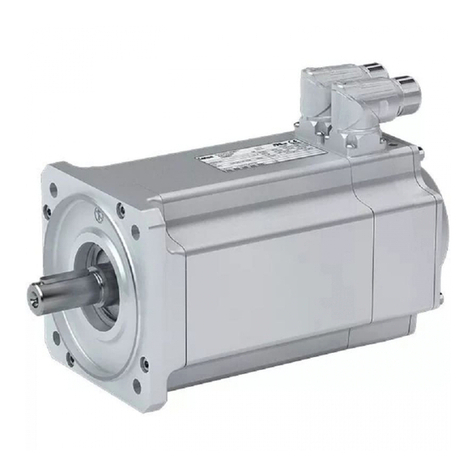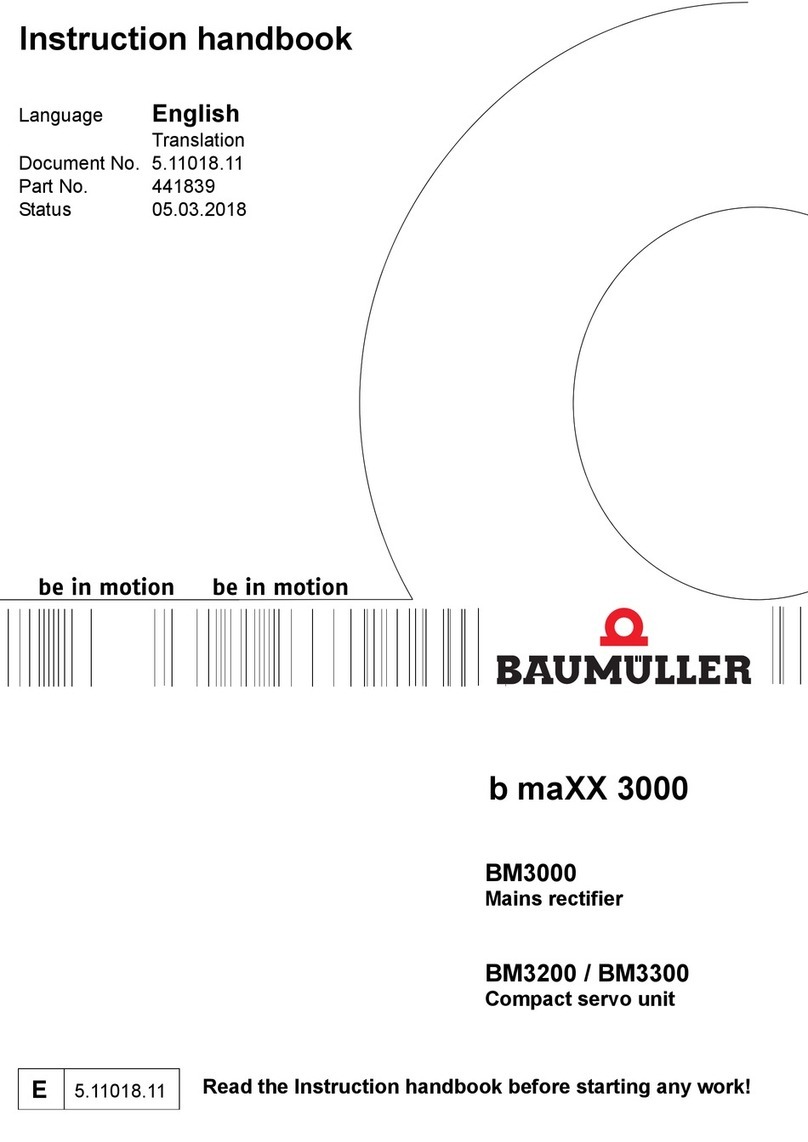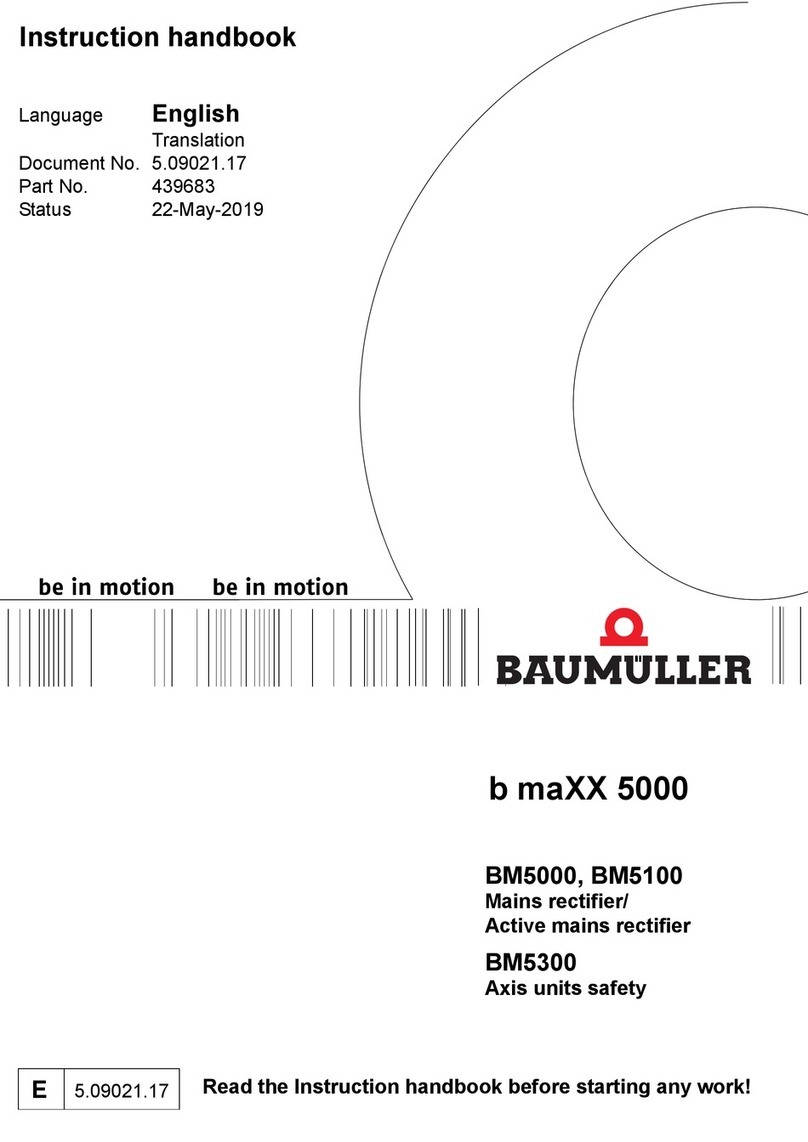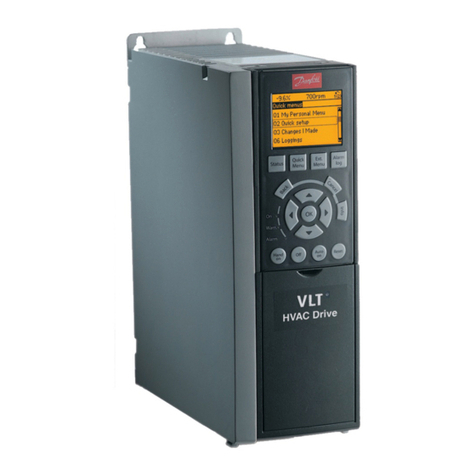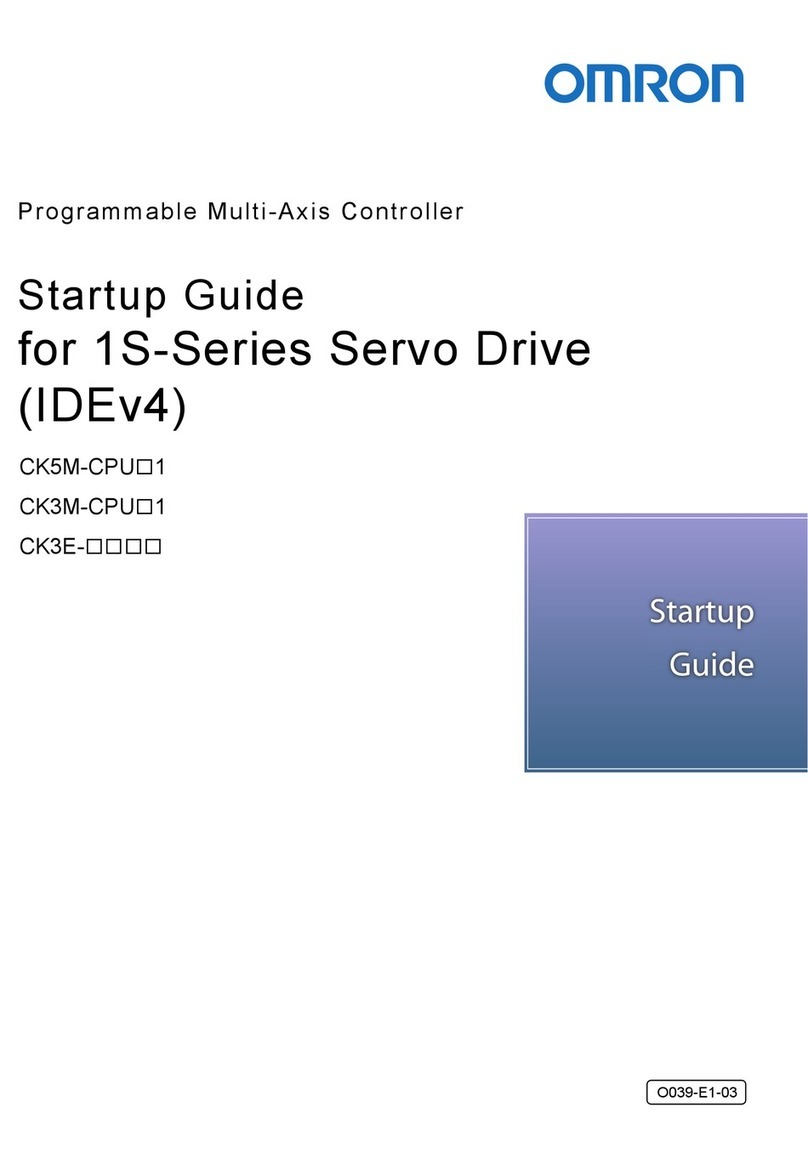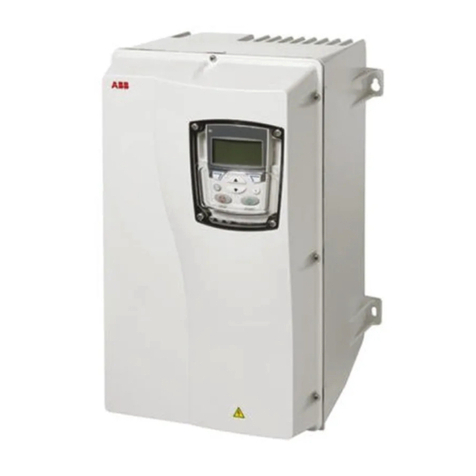
DC Trombone Installation Guide Table of Contents
MAN-DCTROIG (Ver. 1.602) 6
3.6.6. Battery Power Supply ....................................................................................33
3.6.7. Connecting the Control and Backup Supply (24 V)........................................33
3.7. Feedback and Control Cable Assemblies...................................................................... 35
3.7.1. Main Feedback Cable (FEEDBACK A) .............................................................35
3.7.2. Main and Auxiliary Feedback Combinations .................................................44
3.7.3. FEEDBACK B (Auxiliary Feedback).................................................................. 48
3.7.3.1. Emulated Encoder Outputs Option on FEEDBACK B (YA[4]=4) ....48
3.7.3.2. Differential Auxiliary Encoder Input Option on FEEDBACK B
(YA[4]=2) ....................................................................................... 51
3.7.3.3. Differential Pulse-and-Direction Input Option on FEEDBACK B
(YA[4]=0) ....................................................................................... 53
3.8. I/O Cables .....................................................................................................................55
3.8.1. General I/O Port (P1) ..................................................................................... 55
3.8.1.1. Digital Output (as Source Configuration) & Input (as Sink
Configuration)...............................................................................56
3.8.1.2. Digital Output (as Sink Configuration) & Input (as Source
Configuration)...............................................................................58
3.8.2. General I/O Port (P2) ..................................................................................... 60
3.9. Communication Cables................................................................................................. 62
3.9.1.1. RS-232 Communication ................................................................62
3.9.1.2. CAN Communication.....................................................................63
3.10. Powering Up .................................................................................................................65
3.11. Initializing the System................................................................................................... 65
Chapter 4: Technical Specifications ................................................................................ 66
4.1. Features........................................................................................................................66
4.1.1. Motion Control Modes ..................................................................................66
4.1.2. Advanced Positioning Control Modes ...........................................................66
4.1.3. Advanced Filters and Gain Scheduling........................................................... 66
4.1.4. Fully Programmable.......................................................................................66
4.1.5. Feedback Options ..........................................................................................66
4.1.6. Input/Output ................................................................................................. 67
4.1.7. Built-In Protection .........................................................................................68
4.1.8. Accessories ....................................................................................................68
4.1.9. Status Indication ............................................................................................68
4.1.10. Automatic Procedures ................................................................................... 68
4.2. Dimensions ...................................................................................................................69
4.3. Power Ratings for the 400 V Type ................................................................................70
4.4. Power Ratings for the 800 V Type ................................................................................71
4.4.1. Auxiliary Supply (only for S Type Drive).........................................................72
4.5. Environmental Conditions............................................................................................ 72
4.6. Control Specifications...................................................................................................73
4.6.1. Current Loop.................................................................................................. 73
4.6.2. Velocity Loop .................................................................................................74
4.6.3. Position Loop .................................................................................................74
